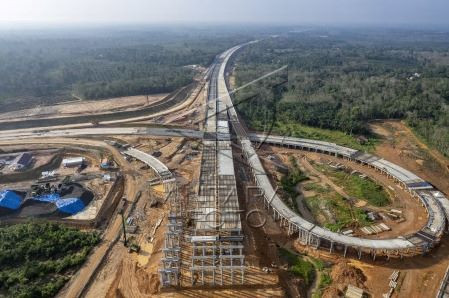To provide a quick and reliable picture of Indonesia’s growth situation, we created the Indonesia Growth Tracker, which brings together a range of activity data to provide a monthly overview of economic activity across the major sectors of the economy.
You may be wondering why we need this tracker when we already have the official Gross Domestic Product (GDP) series. GDP is released quarterly and is only available with a delay, meaning turning points may not be captured immediately. Luckily, our tracker has a 70 percent correlation with GDP in the post-pandemic period, highlighting key information contained in GDP early on. What could be better?
So what does the tracker show now?
Unfortunately, the figures suggest that economic activity has weakened in recent quarters — in fact, it’s a little weaker than the GDP data would suggest — with a sharp drop in commodity prices, particularly for Indonesia’s coal exports, likely contributing to the weakening growth.
Moreover, the volatile external environment is preventing the Bank of Japan from lowering interest rates. Fiscal policy has not been loosened. Finally, the scars from the pandemic are likely still affecting the data.
What can be done to get growth back on track? This is especially important since the new government that takes office in October aims to raise growth from the current 5% to 6% and eventually to 8%.
To answer this question more precisely, we fitted a growth model to the activity tracker to understand what drives economic growth. We found that five variables can explain much of a country’s growth dynamics.


